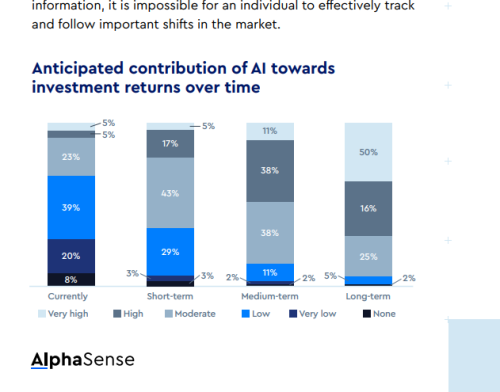Brad Allen advocates for a ‘credibility equation’
As any IR professional can attest, one appeal – and peril – of the job is the constant and sometimes instantaneous feedback the market provides on your job performance. How did investors receive the explanation for this quarter’s slowing growth? Was the two-day non-deal roadshow worth the CFO’s time out of the office?
Each of these questions lends itself to a quick answer based on price movement, buying or selling activity or research commentary. Whether any of those are fair or relevant measures gets lost because they are easy measures to observe. The old metrics we’ve come to rely on seem to have come unhinged and the role of IR in the market seems to be under the gun.
Exhibit No 1: Forget what you learned about the capital asset pricing model in school. The European Central Bank, Sweden, Switzerland, Denmark and Japan have all issued a combined total of more than $8 tn in government debt with negative interest rates. Half a billion people residing in a quarter of the world’s economy are living in a world of negative rates as US treasuries remain locked at historic lows. As the risk premium for equities gets pegged to a risk-free rate hovering near zero, the basic mechanics of the markets no longer function the way we’ve come to expect.
Exhibit No 2: In a passive world, does IR matter? A 2004 study in the Journal of Applied Corporate Finance finds that 56 percent of investment advisers, a category that includes mutual funds, are ‘quasi-indexers’ taking small positions across a large number of stocks irrespective of company fundamentals, and holding them for a relatively long time. Another 37 percent are ‘transient investors’ taking relatively small positions in a large number of stocks and holding them for the shortest periods of time. The smallest group – dedicated investors – make up only 7 percent of investment advisers, taking concentrated, large stakes in a relatively small number of companies, and holding them for the longest period of time.
In the 10-plus years since this study was published, with the rise of exchange-traded funds (ETFs), the emphasis on transient, short-term holdings and passive investing – both immune to traditional IR activity – have undoubtedly increased.
As Bloomberg’s senior ETF analyst Eric Balchunas told a recent IR Magazine Webinar, ETFs are growing as fast as the internet, at an eye-popping 25 percent compound annual growth rate. With four new ETFs launched every day, the 1,600-plus funds in the US ETF market alone account for 72 percent or $2.1 tn of the $2.9 tn in ETF assets worldwide. ETF assets now surpass assets held in hedge funds, with turnover approaching 900 percent – and half the turnover is concentrated in 15 ETFs.
How should IROs navigate in this new world? You can lament the trend but the flip side is that long-term investors searching out excellent companies at fair prices have little competition from the vast majority of today’s market participants, though they still turn to IR to understand a company’s performance and priorities.
IR is effective day in and day out over the long term because the markets believe what you are telling them. Credibility is hard to measure, even harder to write into your IR program, because it’s either the natural way your company’s senior management – and you – deal with the financial markets, or it isn’t. While it may be hard to measure, it’s easy to describe: telling the truth as best you know it and without exaggeration, laying out both risks and rewards of a plan and treating everyone the same when providing material information. I call it the credibility equation.
Business and financial journalist Brad Allen is a former IRO and served as NIRI national board chair between 1996 and 1997
This article appeared in the Winter 2016 issue of IR Magazine










